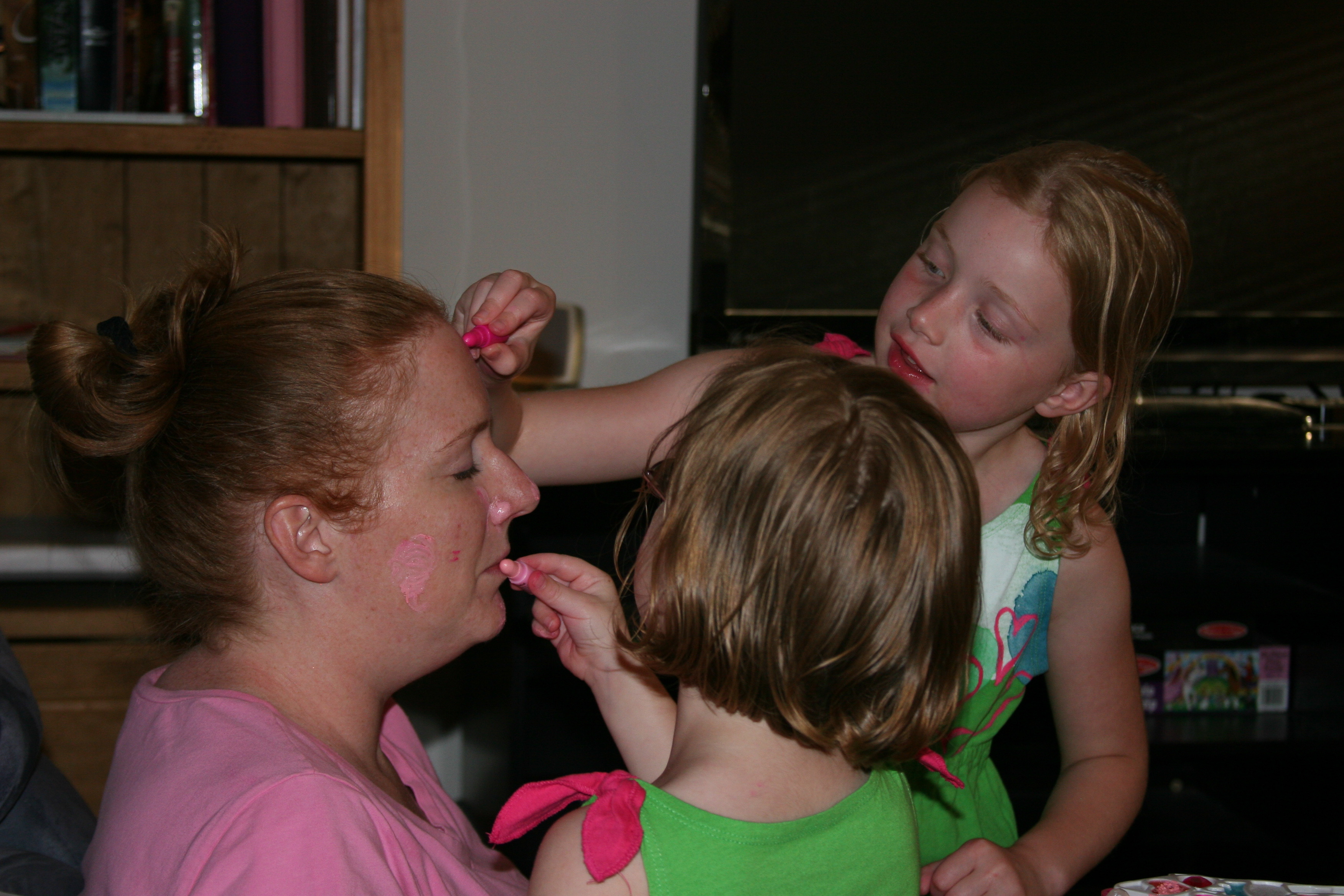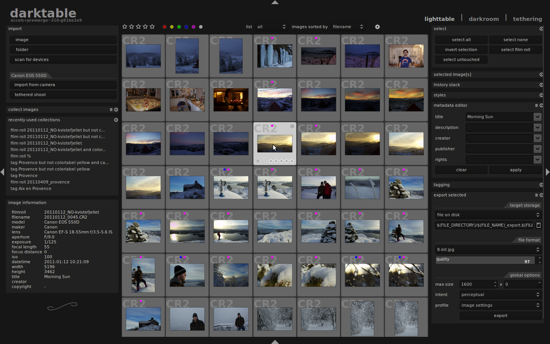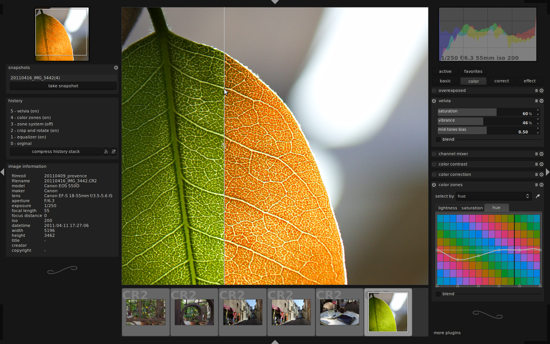
Do Women Love Ann Romney? Only Facebook Knows
By Gregory Ferenstein, TechCrunch – September 03, 2012 at 02:59AM

For all the millions spent on the Republican National Convention, the entire operation could only speculate whether their keynote speeches had any meaningful impact. Until Facebook achieved near universal adoption among the voting class, brands had no reliable way to gage public opinion. Large surveys are subject to respondents’ notoriously bad memories, focus groups are too tiny to be nationally representative, and the Twitterverse is too liberal and young. However, Facebook’s recent experiment with topical chatter during the RNC may have just revealed the social network as the best known barometer of national buzz.
“During Ann Romney’s speech, the entire map of women talking from coast to coast turned bright red,” recalls CNN producer Michelle Jaconi, who oversaw a Facebook partnership that visualizes political social chatter across a map of the US. While Facebook doesn’t measure the sentiment of opinion, a giant spike in female chatter is the best indication we’ve ever had that team Romney hit the bullseye.
It’d be nearly impossible to ascertain how women actually felt about Ann Romney’s speech using traditional methods. Hindsight survey’s asking respondents how they felt about a speech over the phone are subject to participant’s notoriously bad memories. As we’ve noted before, many people can’t remember what they ate for breakfast, or remember monumental life events; so, they certainly wouldn’t be better at reflecting how they felt during a speech days earlier.
The second-best alternative is a real-time focus group, which measures opinion while groups of potential voters watch a replay of the speech. Unfortunately, focus groups are rife with problems: bored participants rush to judgement, are heavily influenced by the latent actions of the research director and their surrounding peers, and, are by nature, too tiny to be representative of the national population.
Twitter attempted to reveal national sentiment with its political index, which measures the volume of positive and negative tweets related to each presidential hopeful. But, research has shown that the modern state of statistical science just doesn’t know how to accurately measure opinion through the (heavily biased) Twitterverse. “It can be concluded that the predictive power of Twitter regarding elections has been greatly exaggerated,” writes computer science professor, Daniel Gayo-Avello.
Facebook though, has achieved near universal adoption in the United States. According to Pew, 70% of the Republican’s sweet-spot 35-49 demographic use social networks (and nearly all of them use Facebook).
Even if the Facebook chatter wasn’t all positive, the campaign now knows that it teed up enough users in the chosen demographic to mobilize passionate supporters. “You know who the power mobile users of Facebook are?” Ronmey’s Digital Director, Zac Moffatt asks, “stay-at-home moms.” With Facebook, Moffatt can target them with specific calls to action.
And, the Romney campaign has a history of channeling female engagement at the perfect time. Earlier in the year, when Obama campaign advisor Hilary Rosen made the unfortunate claim that Ann Romney “never worked a day in her life,” Moffatt had Ann Romney respond on Twitter and Facebook. In 5 days, Moffett recalls, Ann Romney had 85K people engaging with her online. “In 48 hours, we created the single largest coalition, on the conservative side of the country, from scratch, on the only platform which could achieve this, which is Facebook.”
CNN’s experiment with Facebook was a proving ground for the social network as a goldmine in demographic-specific buzz. After the election, the benefits are sure to spill over into industry marketing. Ford, for instance, would certainly want to know if a Superbowl ad lit up teenage chatter–as would any national brand. Where the volume of chatter matters more than sentiment, it’s hard to imagine a better data source than Facebook. So, brands, put your ear to Facebook’s grindstone.
Darktable: The free Alternative to Photoshop Lightroom goes Mac OS X
By Dieter Petereit, noupe – September 03, 2012 at 02:00AM
Photographers considering using a computer based on Linux not seldom have exactly one reason to do so: Darktable. Darktable is an open source project, best compared to Adobe Lightroom. It is a photo editor following the workflow of photographers, thus having them easily feel familiar with the app. Beginners will be overwhelmed by its feature richness. Now there is another option, if you don’t want to use a Linux-system. A few days ago, Darktable has been made available for Mac OS X
Darktable: Lighttable, darkroom, tethering
It almost sounds too good to be true. But the project Darktable doesn’t need to hide behind the functionality of its commercial competitor Lightroom. Some even say, that Darktable’s RAW Tools are even better than those Adobe has to offer. Adobe recently changed the name of its product to Photoshop Lightroom and dropped the price for the most recent version 4 to an affordable 149 USD. As the competitors show similarities in the look of the whole user interface, I wonder who got inspired by whom…
Darktable, available in several languages, that are automatically invoked, according to the operating system it detects, follows a modularized workflow. Lighttable lets you do administrative tasks in the likes of Bridge or Picasa or … Lightroom. Meta-data can be viewed and changed. Categorization can be done from here, as well as sorting operations in a variety of ways.
The module darkroom is responsible for the manipulative work. As darktable is limited to tasks that real photographers would do in real darkrooms, we don’t have the opportunity to work on collages or other montages. All effects, corrections and related functionality can only be invoked on photographs. Darktable’s methods are powerful and very finely tunable. The results are often described to be better than what can be achieved using so-called professional software such as Lightroom. The last module, called tethering, is used to connect cameras to Darktable in a way that their contents can be imported automatically.
The product is comfortable and fast, the results are high-class. Moreover, Darktable is completely free. If you’re into one of the many Linux-derivatives, you probably know that the software has been available for quite a long time to the users of the open source OS. Ubuntu-users will even find a version of Darktable pre-installed. Be aware that these usually are older versions, so make sure you update soon as possible, using one of the many repositories available. If your OS carries names such as Fedora, Suse or Gentoo, the same applies to you. Fit as a fiddle programmers of course just compile their own version using the Sourcefourge– or Github-sources, just like Chuck Norris would do. Wait, probably with Chuck Norris sources compile themselves to avoid having Norris compile them. Anyway…
Freshest member of the family is the Darktable-version for Mac OS X, which is available as a DMG using this link. If you read the blog entry that announces the availability of the Mac-version, you’ll feel flooded with comments of users stating to have a wide variety of problems using, configuring, but also even installing the app.
Darktable for Mac OS X: a little self-test
Gotten insecure from the comments I mentioned before, I decided to give Darktable a spin, so none of our readers would run into trouble and probably blame me for having gotten their MacBooks damaged. I installed Darktable as is usually done using the downloaded DMG. Darktable went from a lean 15,5 MB DMG to a not so much fatter 52 MB app. And I did not experience any problem whatsoever. I imported over 1.000 pictures into lighttable and I was able to fire effects and filters at chosen pictures without any misbehaviour on the side of Darktable. Everything worked absolutely flawlessly, until I tried to connect my camera via the tethering-module. I couldn’t get that to work, but a workaround for this problem is already in existence. As I never use automatic importing of pictures, I didn’t give this workaround a spin, though.
The recent version of Darktable carries the number 1.05. The whole project is organized professionally und comes with a documentation, that leaves no stone unturned. You should definitely check out the project’s ressources-section.
People seeking a solution to professionally manipulate their photos, need not push out cash any longer. As cash always tends to vanish as soon as you look at it, Darktable might save you from premature bankruptcy and help you lead a happier life. You should have a 64-bit OS, though. It still runs on 32, but you know…


